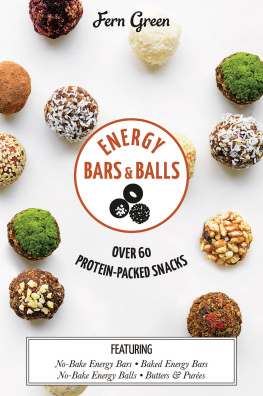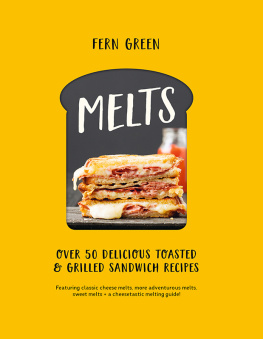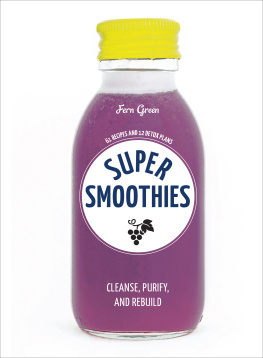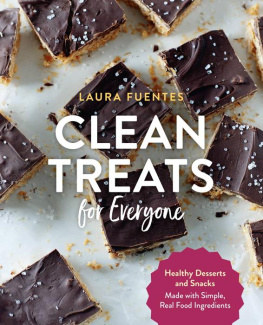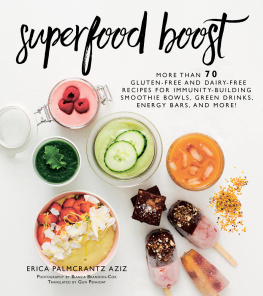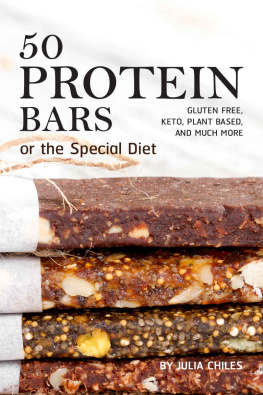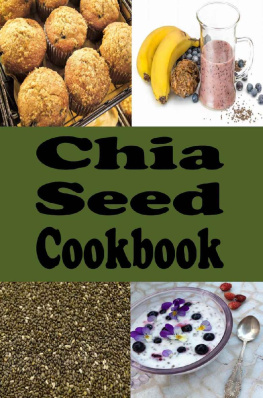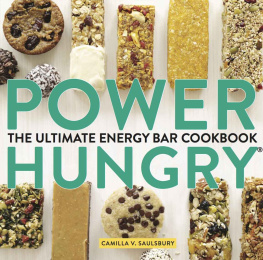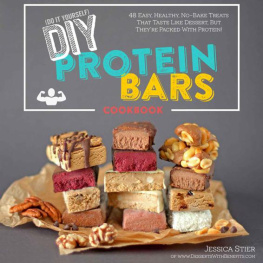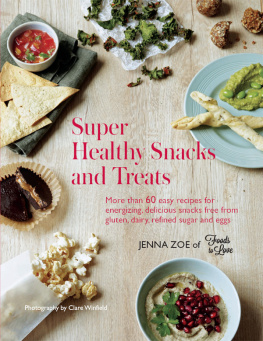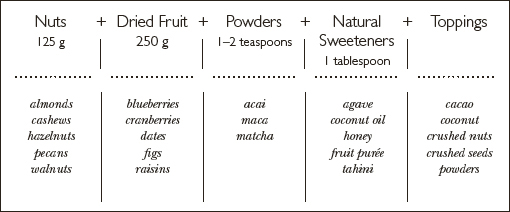CONTENTS
Energy balls and bars are the number one snack. They are full of amazing ingredients and are easy to make at home. Most of these recipes are dairy-free, gluten-free, and packed full of protein. The ingredients are rich in vitamins and minerals and can help boost the immune system, as well as having anti-inflammatory properties. Each one helps to boost your bodys natural defences, giving it the protein it needs to function at its very best.
These energising snacks are easy to grab on the go, as they can be packed in a lunchbox for work, school, travel or workouts. You wont find any refined sugar in them, so they wont cause spikes in energy levels, just a consistent energy flow. They will also keep you feeling fuller for longer while giving you a boost in vitality and well-being. What more could you ask for in a little snack?
Shop-bought versus home-made
Making your own energy bars could not be easier, but if you have been tempted to buy them in the past, here are a few reasons why you might think again.
 | Hydrogenated oils
These are bad fats that should be avoided. They increase the accumulation of body fat, which defeats the purpose of energy bars. They are found in shop-bought baked and deep-fried foods. |
|
 | Artificial sweeteners
These help to improve flavour in shop-bought products, but they are digested quickly and may result in a blood sugar spike, which can lead to insulin resistance and increased appetite. |
|
 | Soy protein isolate (SPI)
Even though it says soy, it doesnt necessarily mean it is a good source of protein. In fact, SPI is a by-product of soy processing and some consider it to be a waste product of this process. |
|
 | High sugar
A lot of shop-bought bars contain over 20 g of sugar. Excess sugar means excessive amounts of calories, which makes you gain more weight instead of lean muscle. |
However, there are some commercial energy bars available that are good for your health, so make sure you read the label to check the ingredients.
There is such a wide range of ingredients that you can use when making these energy snacks. Here are a few useful ingredient suggestions along with valuable hints and essential budget recommendations.
 | Organic coconut oil is used in many of the following recipes. Try to buy a large jar to save money and store it in the cupboard. Bear in mind that coconut oil liquefies at around 21C/32F. |
|
 | Nuts and seeds can be expensive when buying small packets, so try to buy these in bulk, either online or at a local shop. This can reduce the cost dramatically. Store nuts and seeds in the cupboard in large airtight jars. |
|
 | Medjool dates are used in a lot of these recipes instead of chopped or other dates. They are sold whole and are moister than chopped dates giving them a greater sticking power. Try to find these in bulk too. |
|
 | Natural nut butters are used in some recipes. Some commercially made peanut butters contain a lot of oil, sugar, salt and preservatives to give them a creamy, whipped consistency and an artificial flavour, so make sure you check the label carefully before buying. |
|
| If you suffer from a nut allergy, you can replace the nut butter with seed butter in all these recipes. For example, sunflower seed and pumpkin seed butters are good alternatives. |
There are two types of bars to make at home, and one type of ball.
Baked
Baked bars tend to make a stronger crunchier bar, which maintains a longer shelf life. They keep their freshness, and are more likely to keep their shape. This makes them ideal for packed lunches or taking them on a run. Store them in an airtight container and perhaps wrap each bar in parchment or baking paper. Most recipes can last for up to a week in the fridge. Energy balls tend not to be baked due to their shape.
Non-baked
These bars and balls are not cooked. It is sometimes better to keep ingredients fresh, and leaving them for 1560 minutes in the fridge helps them to become firm. With this method, the ingredients retain their texture and the fibre content of the fruits and nuts is preserved. This is why recipes with more of these fibrous ingredients in them are better uncooked, giving the bar or ball a satisfying chewiness. Store them in the fridge for up to 3 days. It is good to freeze them wrapped in parchment paper and then cling film, and only take them out when needed. Make sure the bar or ball has defrosted before eating.
 | Food processor this is very helpful as it makes energy balls and bars even quicker and easier to prepare. You can use a pestle and mortar to grind up the nuts and seeds, but if you have a food processor you can whizz the ingredients up in seconds. |
|
 | Square silicone tin or 20 x 20 cm baking tin these are perfect for making bars. If making baked energy bars ensure the baking tin is lined with parchment paper before using. A silicone tin is also good as it saves the hassle of lining a tin when making non-baked bars. |
|
 | Digital scale helpful for measuring the ingredients. |
There are many ways to combine ingredients to make the perfect energy ball or bar. This is just a simple guide to create your very own, and help you get started.
Depending on whats in your cupboard, choose a mix of nuts and seeds. To help bind it together pick your favourite dried fruit, from large figs to small raisins. Then add optional ingredients from superfood powders to natural sweeteners and toppings. These can be whatever you like, so experiment and come up with your very own healthy protein boosting snack.

